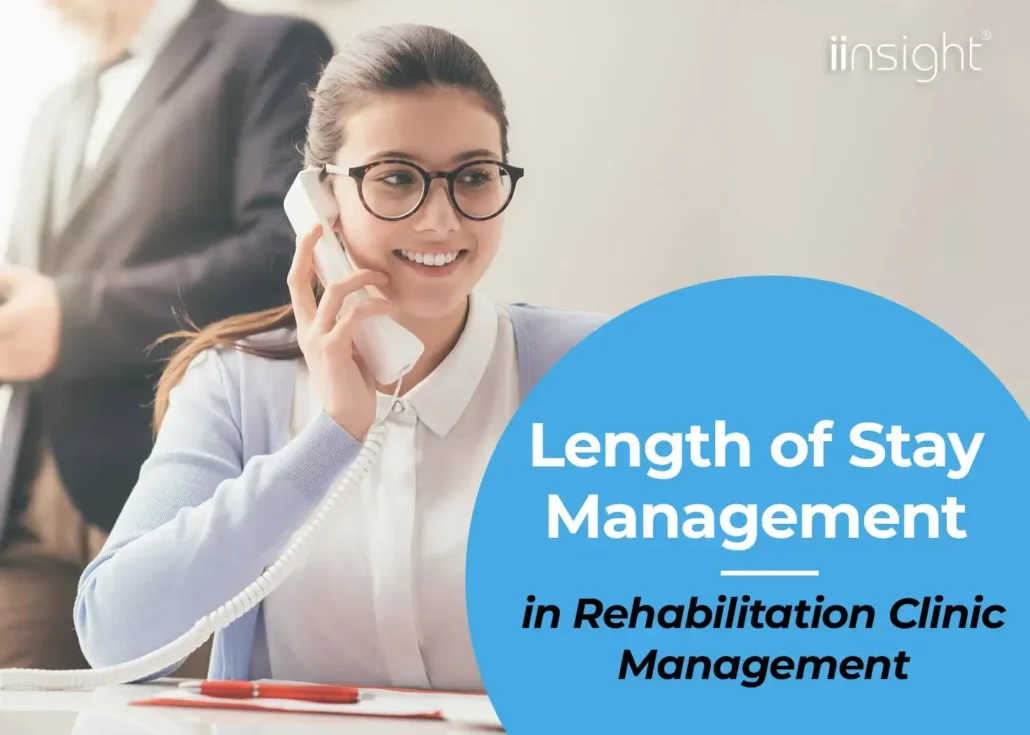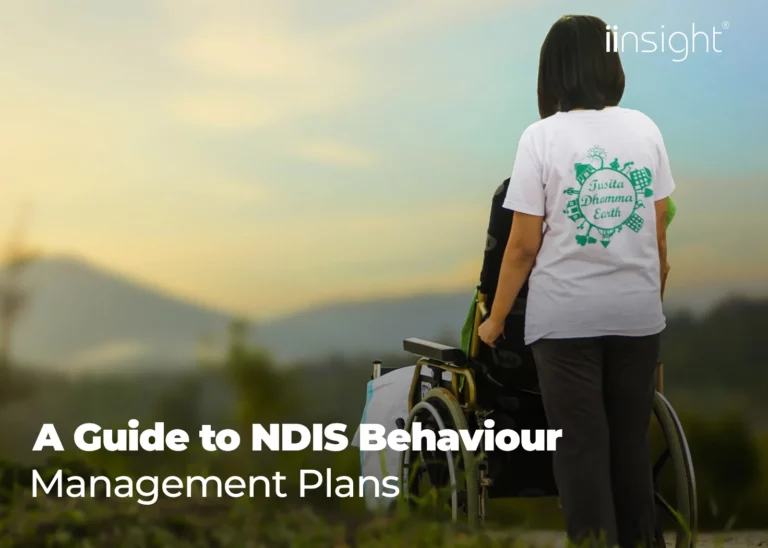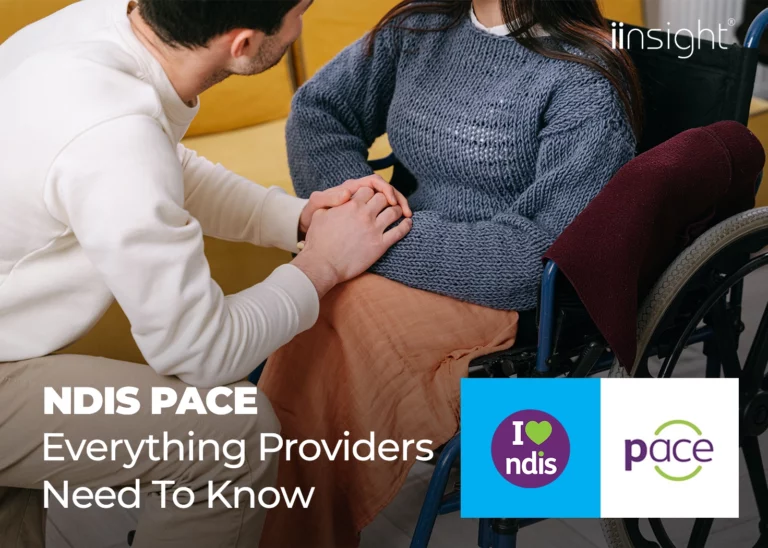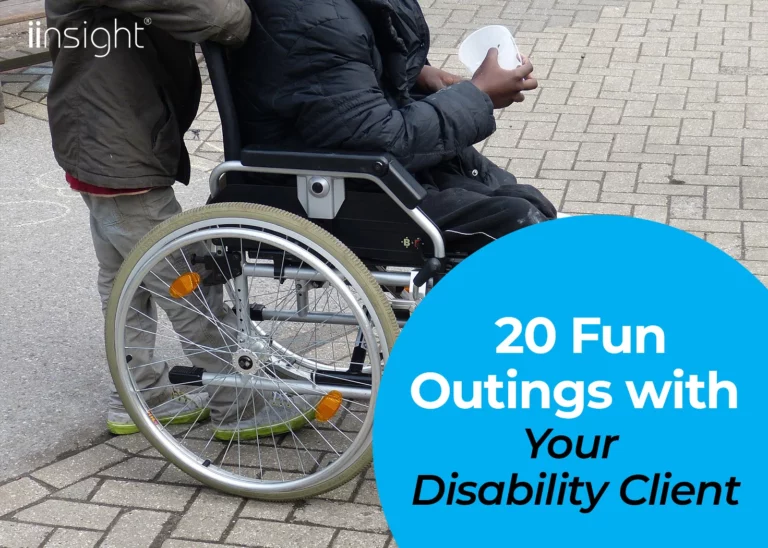Recent data reveals an intriguing statistic for those in rehabilitation clinic management: the average Length of Stay (LOS) in rehabilitation clinics hovers around 39.5 days. Imagine being at the helm of a clinic, where every tick of the clock signifies not just time, but the quality of care, resources, and the clinic’s overall efficiency.
If you continue reading, we’ll dissect the nuances of LOS in the world of rehabilitation, particularly in pediatric settings. By the end, you’ll be equipped with insights and strategies to navigate this delicate balance, optimising both patient recovery and clinic operations.
The Significance of Length of Stay (LOS) in Rehabilitation
Picture a stopwatch ticking away. Each second represents a moment in a patient’s journey to recovery in a rehabilitation clinic.
But what if that stopwatch could talk? It might tell tales of triumphs, challenges, and the delicate dance of rehabilitation clinic management.
LOS isn’t just about days and hours. It’s the story of a patient’s journey, the dedication of the medical team, and the intricate ballet of resources in motion. Too many ticks, and we risk straining the clinic’s resources, potentially sidelining other patients in need.
Too few, and we might be sending patients off before they’re truly ready, like pushing a bird out of the nest too soon.
In the world of rehabilitation, LOS is more than a metric; it’s the heartbeat of the clinic, pulsing with the rhythms of care, recovery, and resource management.
Predominance of Cerebral Palsy and Traumatic Brain Injury
Step into any rehabilitation clinic, and you’ll likely encounter a recurring narrative: the significant presence of patients with cerebral palsy and traumatic brain injury. These aren’t just random occurrences; a staggering 40% of patients are battling the challenges of cerebral palsy, while 22% are navigating the aftermath of traumatic brain injuries.
But why does this matter to those in rehabilitation clinic management? These numbers aren’t just statistics on a page; they’re a clarion call, shaping the very fabric of rehabilitation treatment plans.
Cerebral palsy, with its myriad of complexities, demands:
- Tailored interventions
- Specialised equipment
- A dedicated team of experts
On the other hand, traumatic brain injuries, with their unpredictable outcomes, require a dynamic approach, adapting to the evolving needs of the patient.
For clinic managers, these figures underscore the importance of resource allocation. It’s a jigsaw puzzle. You have to adopt and employ the right:
- Tools
- Personnel
- Facilities
These are crucial to cater to this significant patient demographic. After all, in the world of rehabilitation, understanding the predominant conditions is the first step to crafting effective, patient-centric treatment strategies.
Median LOS and Its Implications
The median Length of Stay (LOS) of 39.5 days isn’t just a midpoint; it’s a rich tapestry of experiences, challenges, and triumphs.
This figure, while seemingly precise, unravels a myriad of stories and implications for those immersed in rehabilitation clinic management. It’s not merely about counting days; it’s about understanding what each day signifies.
For conditions like spinal cord injuries, the LOS extends to an average of 46 days. Each day might represent:
- Intense physiotherapy sessions
- Psychological support
- The mastering of new adaptive equipment
The extended stay is a testament to the profound challenges these patients face, demanding a heightened level of care and attention.
Yet, when we encounter shorter LOS durations, the narrative shifts. It might speak of innovative rehabilitation treatments that expedite recovery or perhaps the clinic’s ability to swiftly respond to patient needs.
But, lurking in the shadows of these shorter stays are questions that demand introspection. Are we truly meeting every need of the patient? Is the swiftness of discharge a reflection of efficiency or a potential oversight?
Furthermore, the median LOS serves as a mirror, reflecting the clinic’s operational dynamics. It highlights areas of excellence and pinpoints avenues for improvement. It challenges clinics to continuously evolve. Every day, every thread in the tapestry, is woven with purpose, care, and dedication.
In the intricate world of rehabilitation, the median LOS is more than a statistical benchmark. It’s a storyteller, narrating tales of patient journeys, clinic operations, and the relentless pursuit of excellence.
Demographic Insights and Their Impact on LOS
Navigating the complexities of rehabilitation requires a keen understanding of the diverse patient profiles that walk through a clinic’s doors. Each patient brings with them a unique set of characteristics, be it:
- Age
- Gender
- Diagnosis
- Home location
They can significantly influence their rehabilitation journey and, by extension, their Length of Stay (LOS).
Delving into the data, we find intriguing patterns. For instance, cerebral palsy predominantly affects younger patients, with a median age of just 6 years. This age factor can have profound implications, from the type of therapeutic interventions required to the support systems needed for effective rehabilitation.
Gender dynamics also come to the fore. Males, the study reveals, are more prone to traumatic brain injuries, while females tend to experience non-traumatic brain injuries at a higher rate. Recognising these gender-specific trends can empower clinics to tailor their rehabilitation programs more effectively.
The geographical origins of patients also play a crucial role. With a significant majority hailing from outside the city, certain considerations become paramount, such as:
- Travel
- Family support
- Post-discharge care
The distance from home can influence not just the emotional well-being of patients but also the practical aspects of their rehabilitation journey.
In the intricate dance of rehabilitation clinic management, understanding these demographic intricacies is paramount. They not only inform treatment strategies but also shape the broader framework of care, ensuring that every patient’s unique needs are met.
Strategies for Reducing Length of Stay
Reducing LOS, while maintaining the quality of care, can be a challenging balancing act. However, with the right strategies in place, it’s an achievable goal.
Personalised Treatment Plans
Every patient’s journey to recovery is unique. By crafting personalised rehabilitation treatments, clinics can address the specific needs and challenges of each individual.
This approach, rooted in data-driven insights, allows for the prediction and mitigation of potential roadblocks.
It’s essential to maintain a dynamic stance, regularly reviewing and adjusting treatment plans based on the evolving progress of the patient.
Enhanced Staff Training
The expertise and skills of the staff directly influence the outcomes of rehabilitation. By investing in regular training, clinics can ensure their teams are well-versed with the latest techniques and methodologies in rehabilitation care.
This culture of continuous learning, coupled with an emphasis on interdisciplinary collaboration, paves the way for a more holistic and effective approach to patient care.
Efficient Resource Allocation
Optimising the use of available resources can significantly impact LOS. This includes not just the physical assets, like equipment and facilities, but also the scheduling and deployment of staff.
By leveraging technology, clinics can:
- Streamline operations
- Reduce wait times
- Ensure that patients receive timely and consistent care
Harnessing the Power of iinsight for Effective Rehabilitation Clinic Management
In the quest to optimise the Length of Stay (LOS) and enhance patient care, having the right tools at your disposal is paramount. Enter iinsight, a leading cloud-based case management software tailored for health clinics, including rehabilitation centres.
Streamlined Operations with Digital Solutions
iinsight offers a user-friendly platform, making patient records, billing, and reporting a breeze. By transitioning to a digital realm, clinics can cut down on time-consuming administrative tasks. This shift means professionals can direct their energy towards what truly matters: patient care.
Data-Driven Decision Making
Data holds the power to transform patient care. With iinsight, clinics can tap into valuable analytics. These insights offer a clearer picture of patient trends and treatment outcomes.
Armed with this knowledge, clinics can craft strategies that aim to reduce LOS and boost patient recovery rates.
Seamless Collaboration
A holistic approach to rehabilitation often calls for teamwork. iinsight bridges gaps, enabling effortless collaboration among healthcare professionals.
When everyone’s in sync, patients benefit from a unified care strategy, potentially speeding up their recovery.
Compliance and Security
Patient data security and regulatory compliance aren’t just checkboxes; they’re crucial. iinsight stands tall with robust security protocols and tools that help clinics stay aligned with industry regulations.
For clinics eager to redefine their management approach, iinsight offers a promising pathway. Experience its potential by arranging a demo and discover how it can refine your clinic’s operations.
The Future of Rehabilitation Clinic Management
As we’ve explored the current landscape of rehabilitation clinic management and strategies to reduce Length of Stay (LOS), it’s only natural to ponder what lies ahead. The world of healthcare is a dynamic one, constantly evolving to meet the needs of patients and providers alike.
Imagine clinics embracing a holistic approach, joining hands with nutritionists, mental health experts, and even alternative medicine gurus. As treatments evolve, so does the thirst for knowledge, pushing clinics to dive deeper into advanced training.
And with the surge of wearable tech, patients aren’t just recipients of care; they’re active participants, armed with insights from health apps. The horizon for rehabilitation clinic management? It’s shimmering with promise and patient-centric innovation.
A Brighter Future with iinsight
To thrive in this dynamic environment, rehabilitation clinics need more than just a vision; they require a partner who can provide the tools and solutions to navigate the path ahead. This is where iinsight steps in.
iinsight is your ally in rehabilitation clinic management. With their comprehensive software solution, you can harness the power of technology to optimise your processes, reduce LOS, and provide top-tier care. Arrange a demo now.












